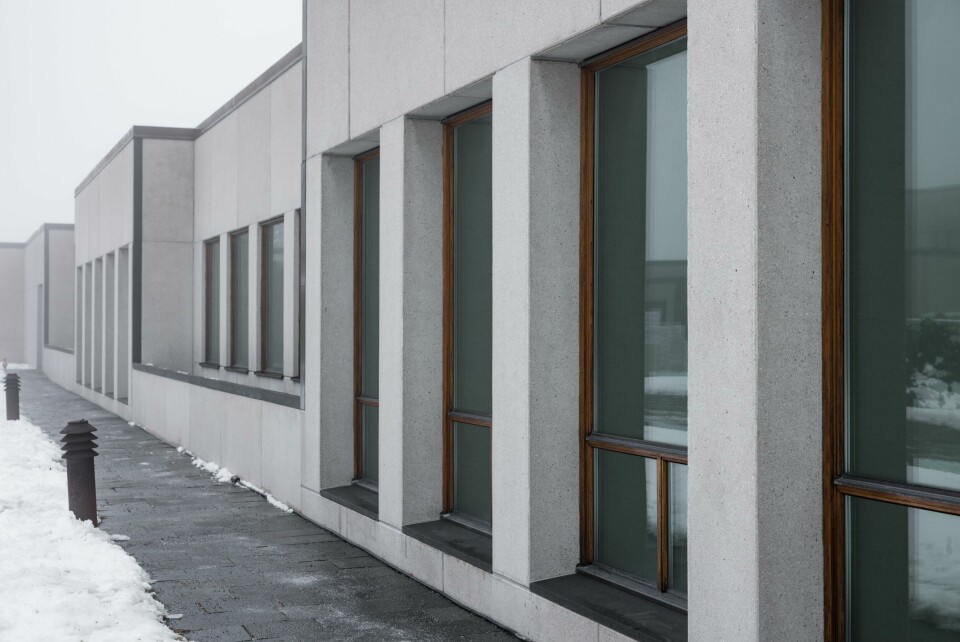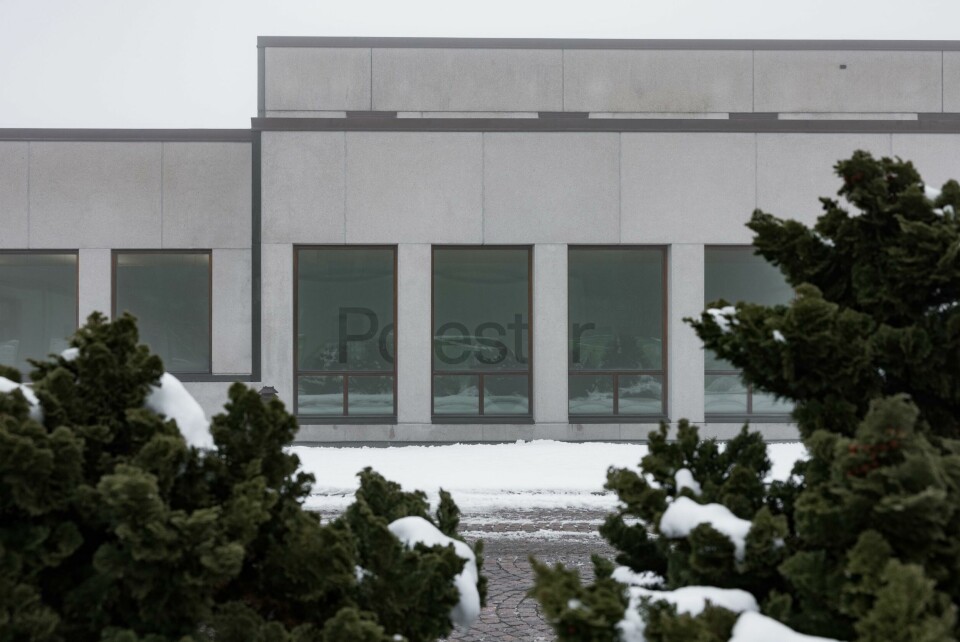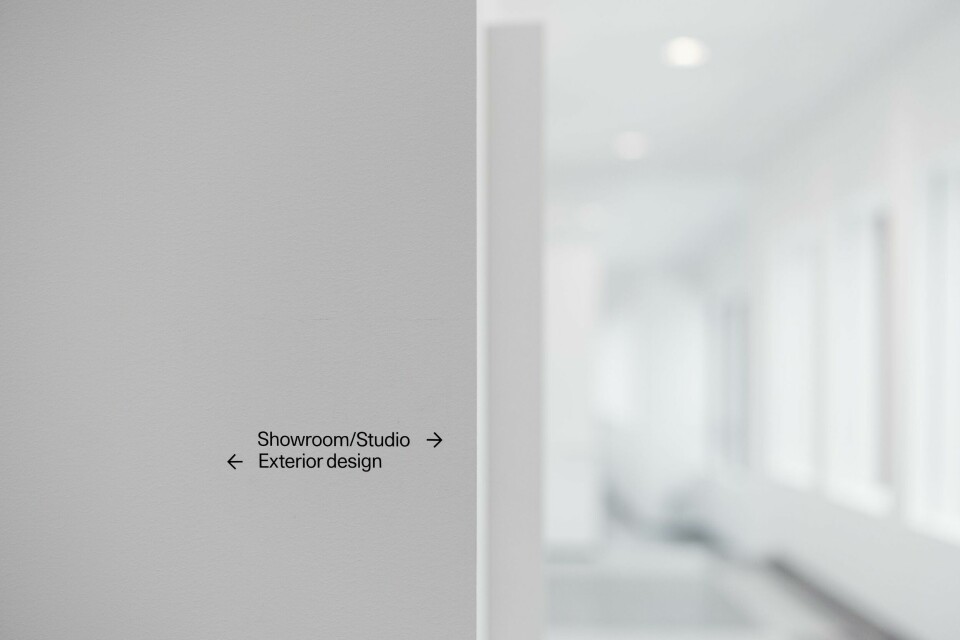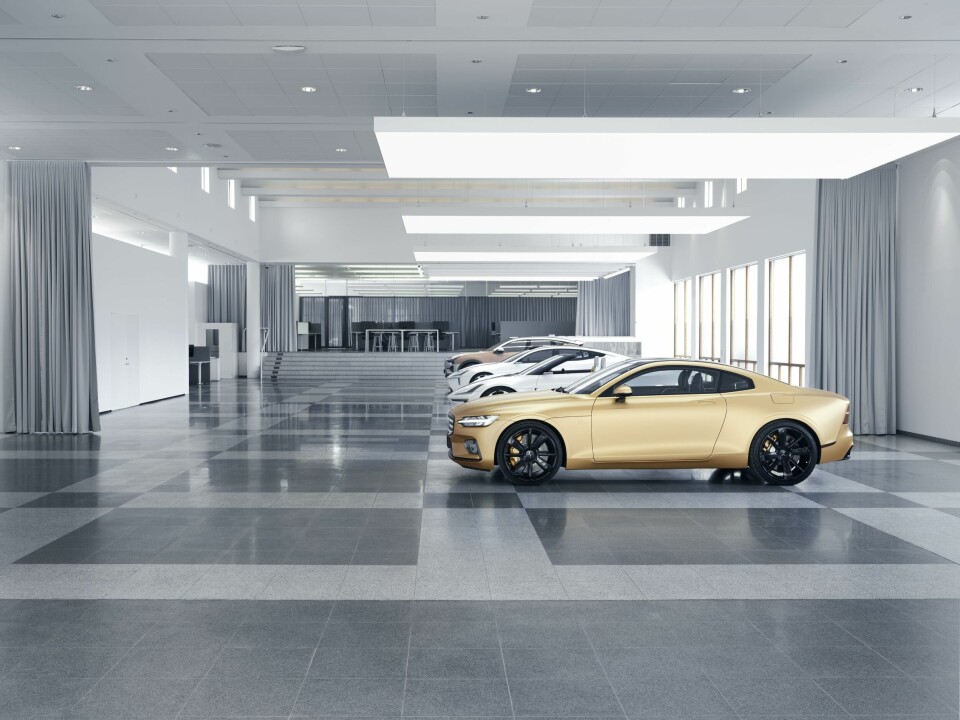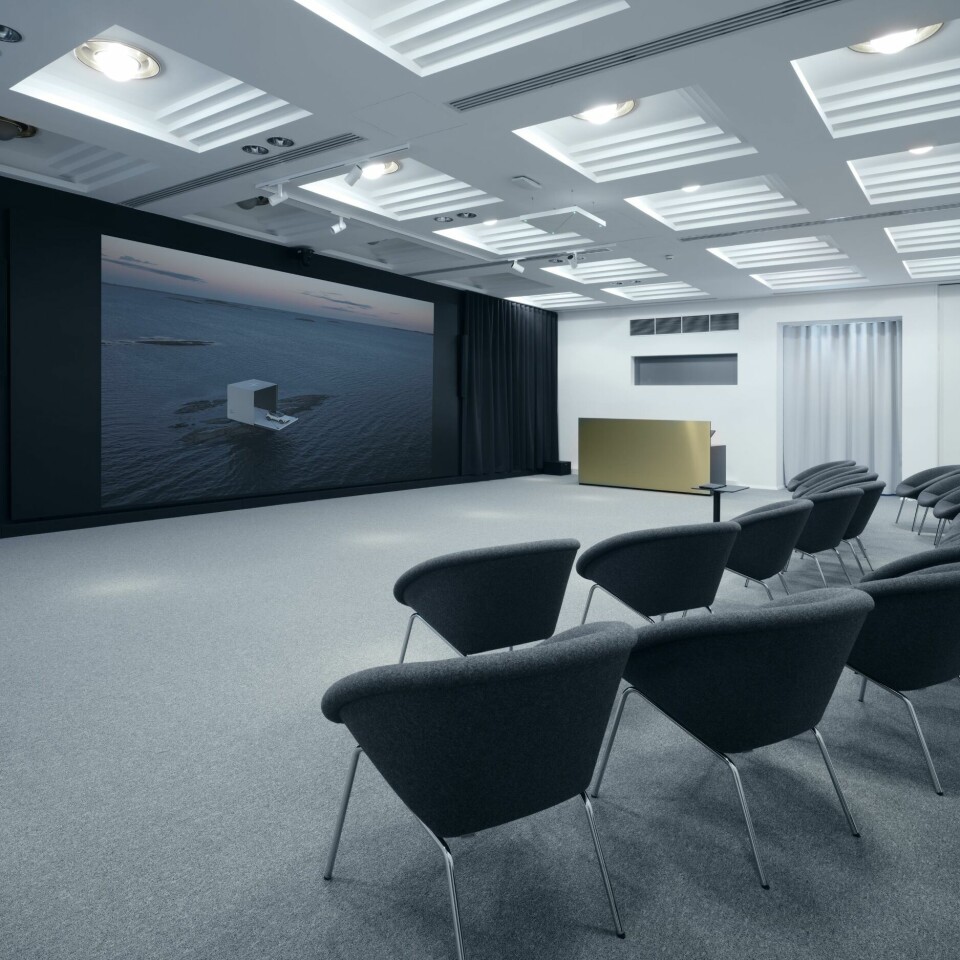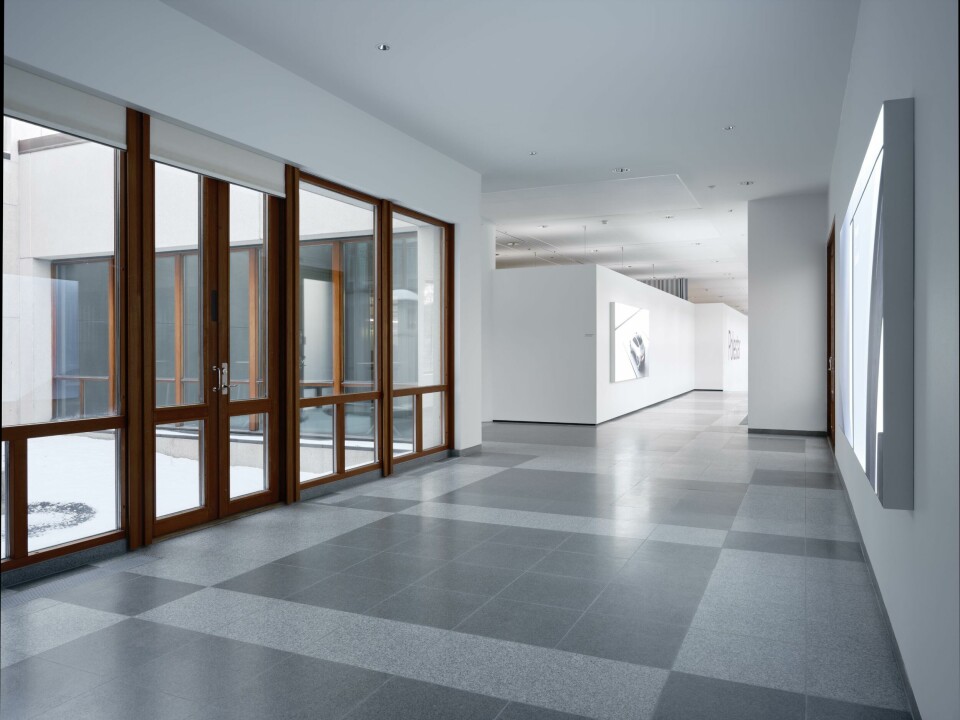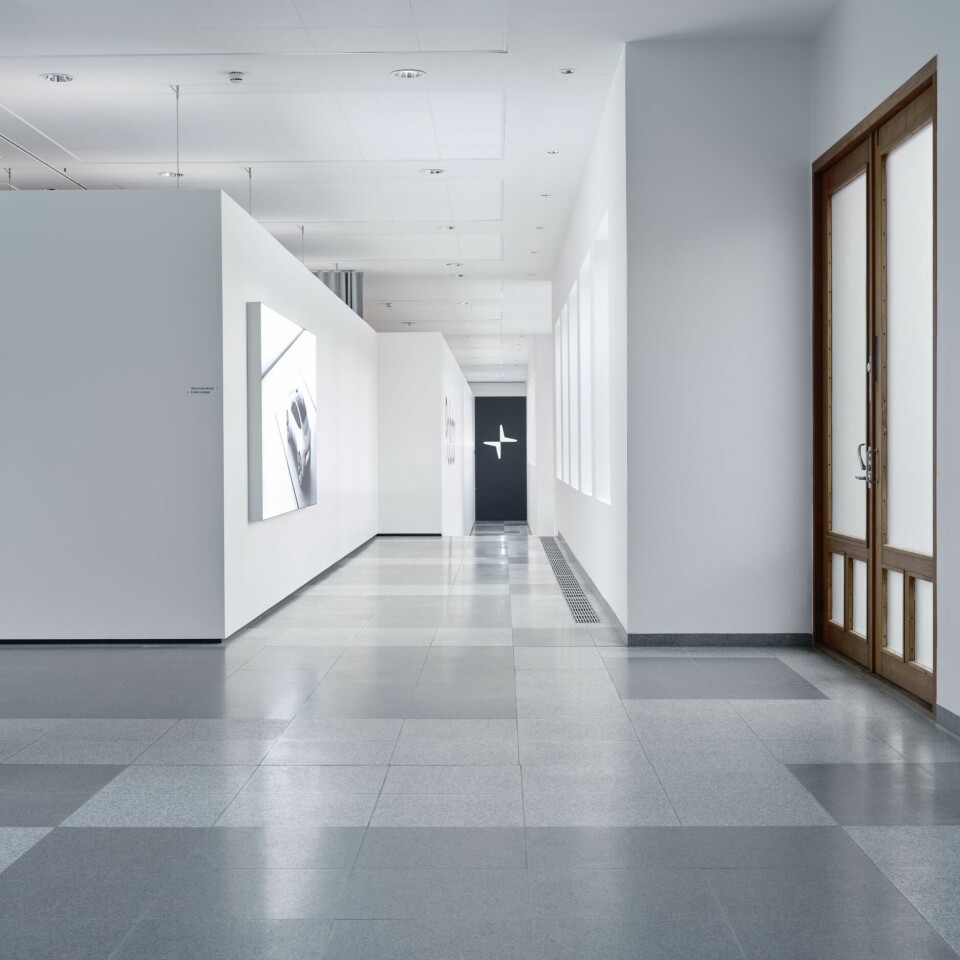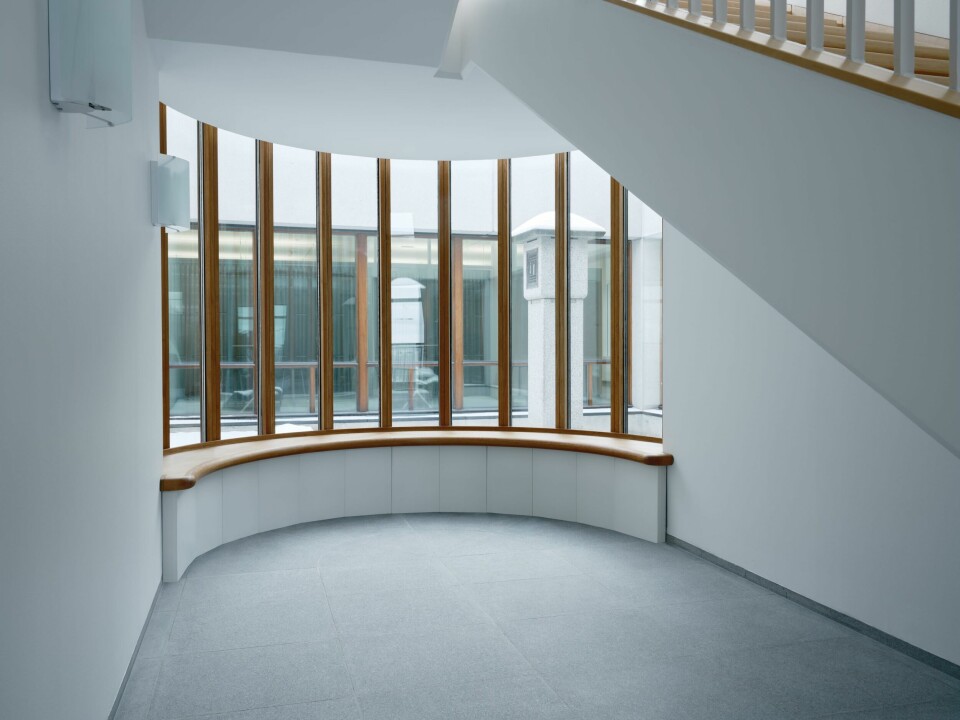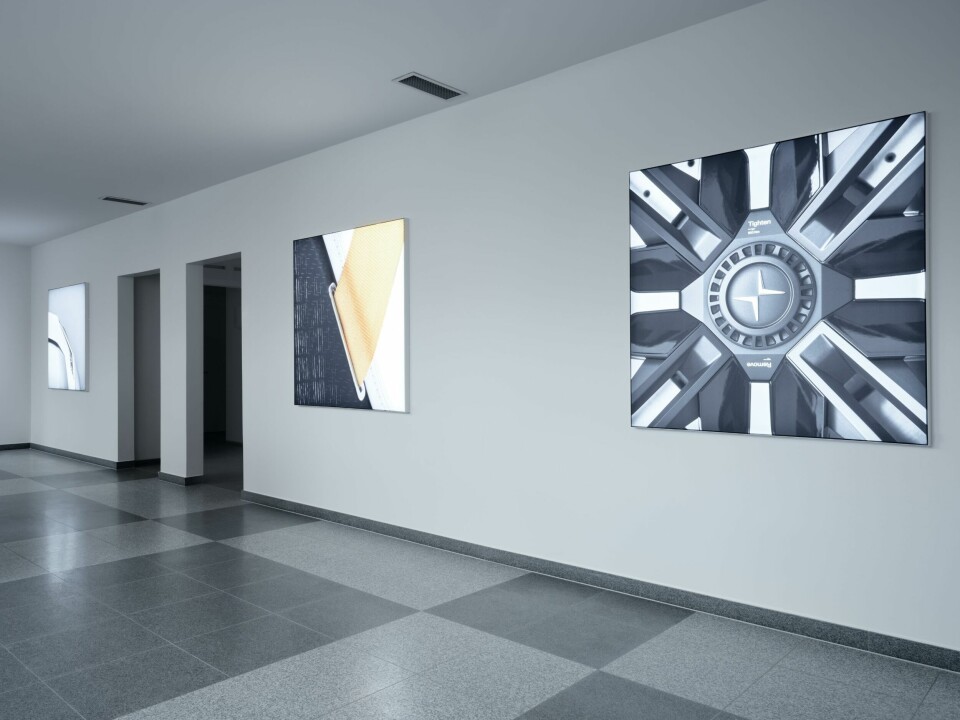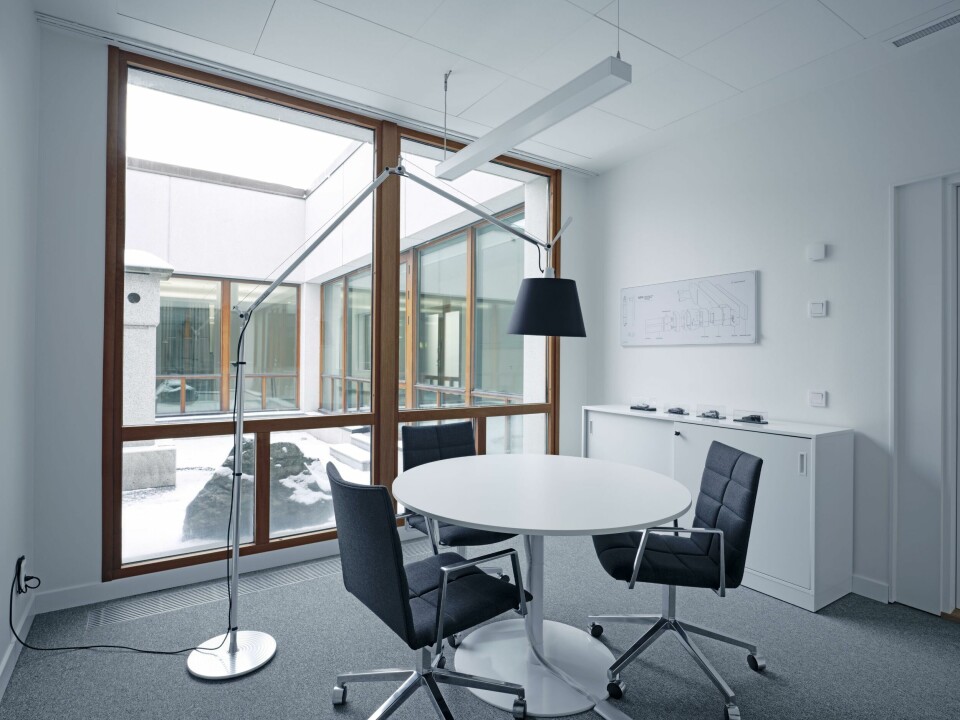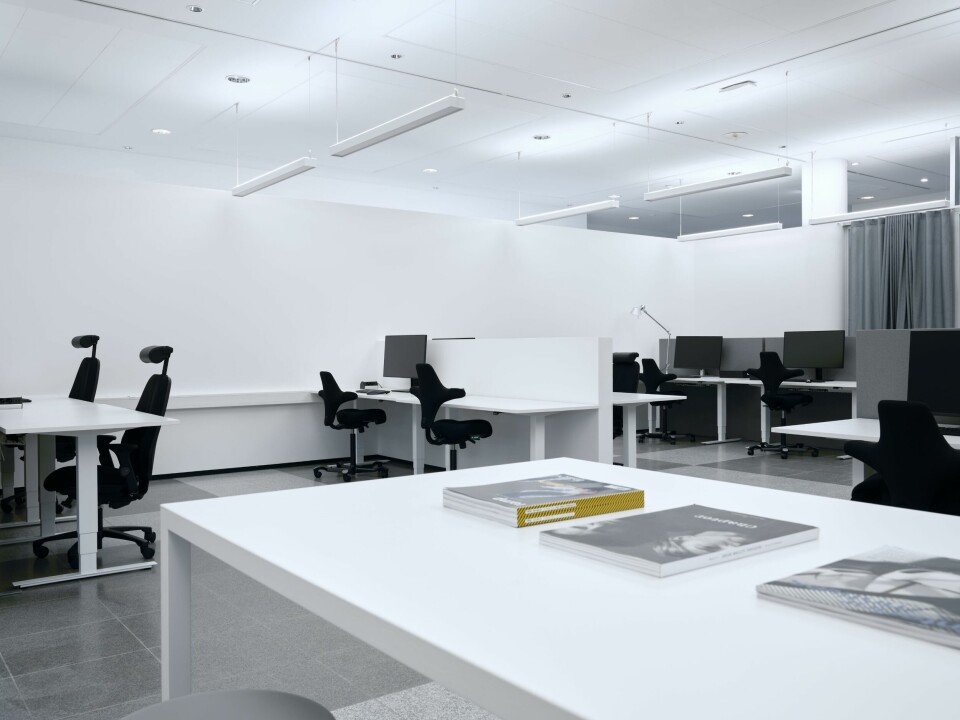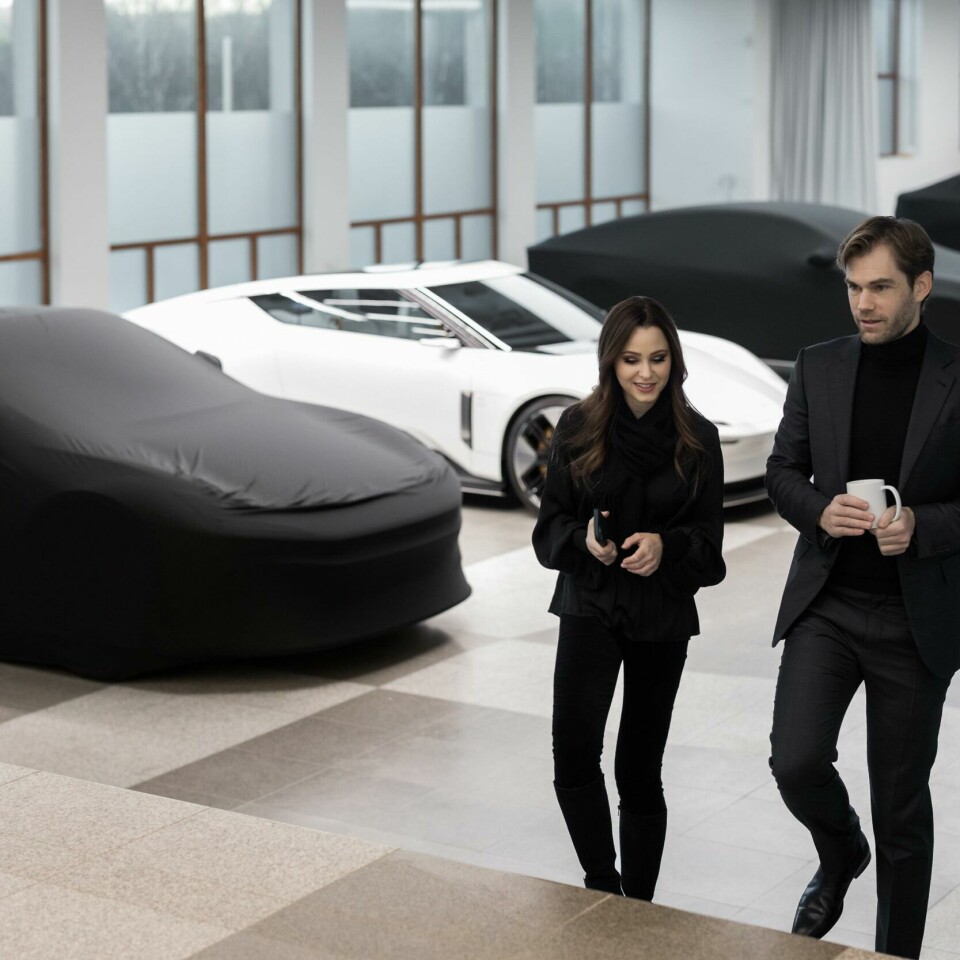
Inside Polestar’s sleek new design studio
CDN correspondent Laura Burstein gets the first look at the striking new Polestar space in Gothenburg
Perched atop a wooded hill overlooking Volvo’s sprawling campus in Gothenburg, Sweden, sits a secluded structure of concrete, metal and glass. Originally built in the early 1980s as part of an elite command post for an all-watchful CEO, a portion of the building is now home to the new Polestar design studio, the pièce de résistance in the nascent company’s journey from Volvo spinoff to fully fledged luxury brand.
“We wanted to land like a spaceship in this old building,” Polestar head of design Maximilian Missoni tells CDN. Within these dramatic glass halls, Polestar has built a space where its team of 65 designers can work together, immersed in an environment that juxtaposes the more extravagant tastes of the past with Polestar’s clean, minimalist aesthetic.
“We wanted it to be like a museum with this structure inside that divides the space,” Missoni continues. “We didn’t touch the ceilings and we didn’t bolt it into the floors. It’s just standing there, like modern Polestar landed in this ‘80s Volvo-like building.”
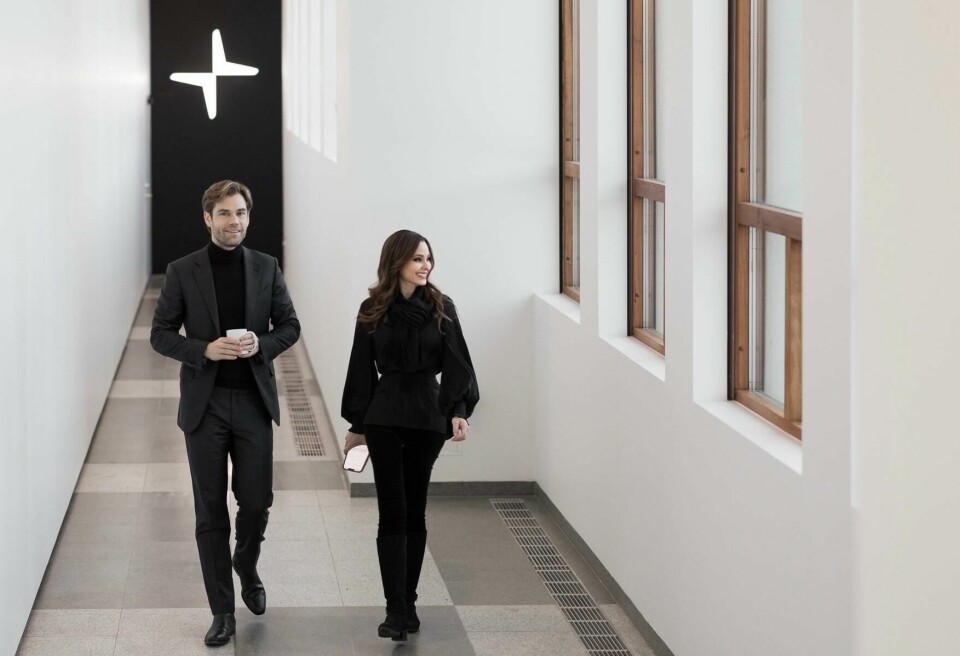
Just a few minutes’ drive from Polestar’s “Cube” headquarters below, the two-storey design studio comprises about a third of the multi-wing complex, above the myriad smokestacks, parking lots and office buildings of Volvo’s far-reaching industrial complex.
Beyond the imposing copper-clad front door lies a reception area that leads into a modestly-sized auditorium and VR room with a large LED wall for design reviews and other presentations. Also on this floor, a small former conference room serves as Missoni’s office, with floor-to-ceiling windows that look out onto a Japanese-style courtyard decorated with a simple rock sculpture.
I still want to keep the option of a clay loop, but we will mostly work digitally
The main attraction is the expansive showroom, a carryover from the days when the space was filled with Volvo trucks and heavy machinery, with high ceilings and enough space for at least four full-sized models. On this day, the team is busy preparing for a visit from the executive board, and a row of cars sit covered, save for the O2 Roadster, which recently won CDN’s Concept of the Year (watch Missoni and Burstein talk about that here).
The exterior team sits in the same room a few steps above the main floor, allowing them a slightly elevated view of their work. Missoni points out a series of curtains, which allows the space to be subdivided and ensures confidentiality against the prying eyes of curious visitors. A paved area directly outside will serve as a viewing courtyard.
But you won’t find any milling machines in Polestar’s new digs. While the design team will use the showroom floor to make refinements and has 3D printing equipment on site, Missoni tells us, “We are not milling, we are not painting; basically we do everything here that doesn’t require a lot of dirt and stuff.” For those tasks, he says, the team will continue to use the facilities at Volvo where they have a small satellite space, or they will contract the work out externally.
If something fails we all have to fix it together
Like all contemporary design studios, Polestar’s leans heavily on digital tools. “We do an occasional clay, but mostly to verify what we did in data. And then if there’s a need to do a certain corner here and there to re-work it, then we’ll do that here. We work a lot with hard models as well. I still want to keep the option to do a clay loop, but we will mostly work digitally,” Missoni says.
At the same time, he understands the subtleties a designer can achieve using more analogue methods. “I have really learned that sometimes it’s so useful to solve things by hand.” he notes.
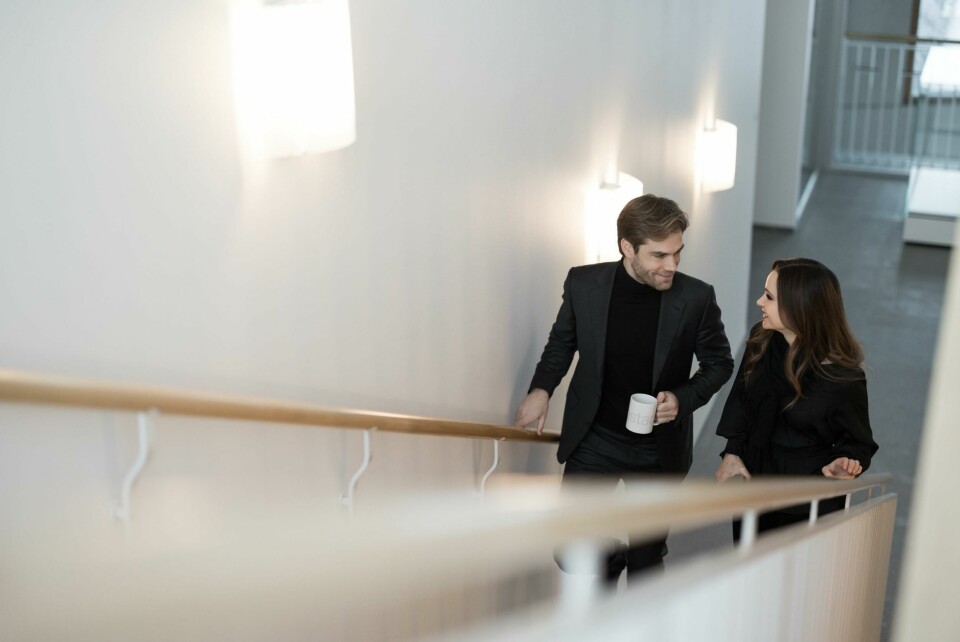
We ascend the building’s original wooden staircase to the upper level, home to the interior team and the colour and trim designers. The main room is bathed in natural light, a welcome respite from the earlier shadows of a Swedish winter’s morning. Missoni points out the open work spaces, a relaxation area, and an outdoor area that will become a terrace to enjoy in the warmer months.
It’s interesting to see how this building behaves with the Polestar identity put in there
With such a compact team, Missoni says Polestar must think and operate differently from bigger manufacturers. “We keep the competitions to a minimum and we focus on trust and responsibility,” he says. “It’s scary sometimes, because if something fails we all have to fix it together. There is no plan B, or C or D. I’ve worked in environments where you had ten or 15 different proposals for one car — but we are very nimble here.”
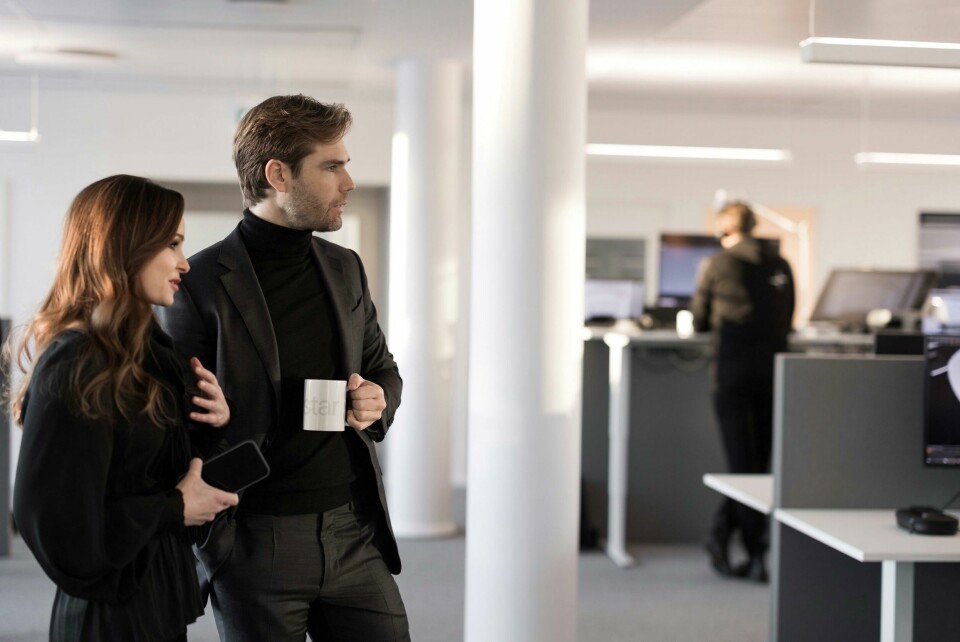
After we’ve explored every nook and corridor, we head out to the circular driveway and down to the Cube, in itself an example of architectural metamorphosis from industrial Volvo edifice to chic Polestar home base. There, I talk with CEO Thomas Ingenlath in his second-level office, overlooking the ice-covered driveway and a handful of tourists who have made the pilgrimage to visit the lobby downstairs.
Although his duties now reach far beyond design, Ingenlath clearly maintains a paternal affection for the team up the hill. “It’s really an analogy of moving away from home,” he says. “The second you move out, you really are out there, and then you have to solve certain things on your own and not rely on your parents.”
Ingenlath also echoes his enthusiasm for being able to build out a new environment within an existing space: “Some other brands build these fancy new design studios which are very nice, but are very sterile. This is not. This has history, this has some kind of background. It is very interesting for me to see how this building behaves with the Polestar identity put in there. And that is something which can be helpful for us, to learn how our brand relates to other things.”
Beyond the white paint, brass fixtures and teak wood trim, Ingenlath says the new studio also stands as a symbol of the brand’s commitment to design.

“At the end of the day, we are a design-led company,” he says. “Yes, we are electric, yes we have sustainability as a strong pillar of our brand. But what really makes the difference is that from day one we have seen the biggest differentiator in design. It’s not a superficial styling thing, it’s how you approach shaping all business, and we have a chance of making that work. Even colleagues from other OEMs recognise that what we’re doing is not crazy, and I think that’s very important for the whole design community to see.”
Indeed, Polestar’s new studio means many things to many people. But, as with design itself, oftentimes the most powerful expressions come in the simplest forms. Or, in Missoni’s words: “This building makes me happy.”
